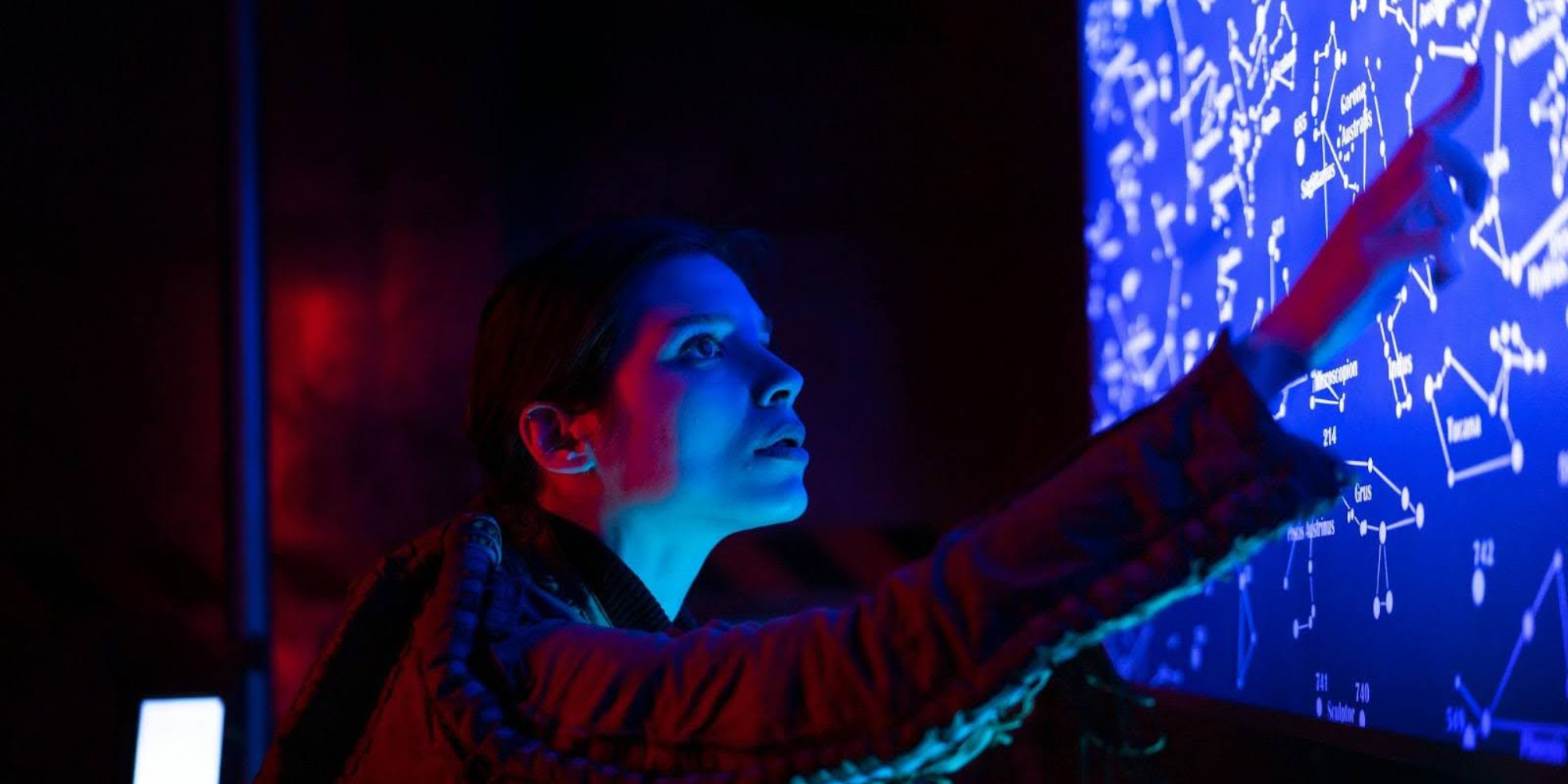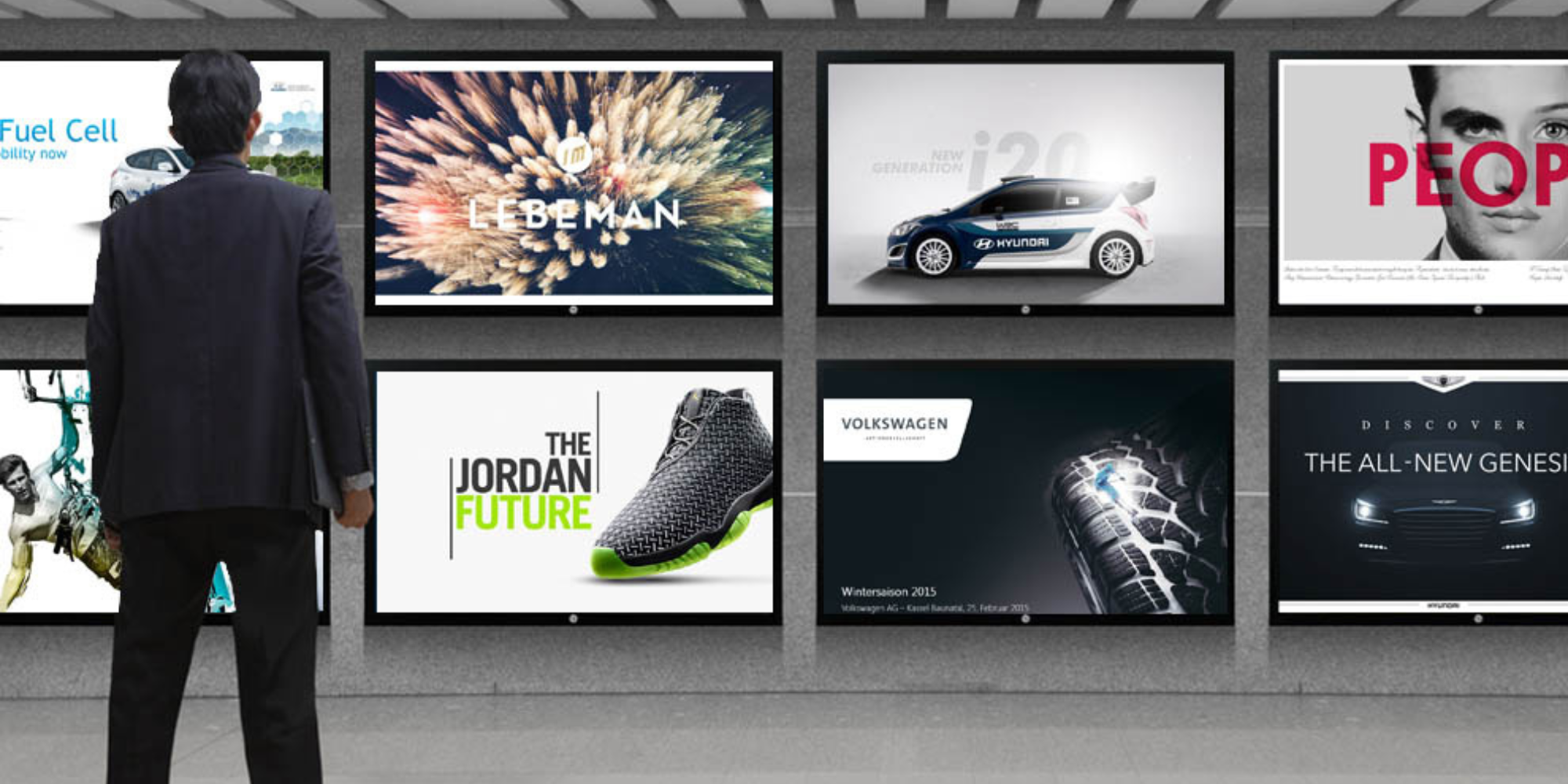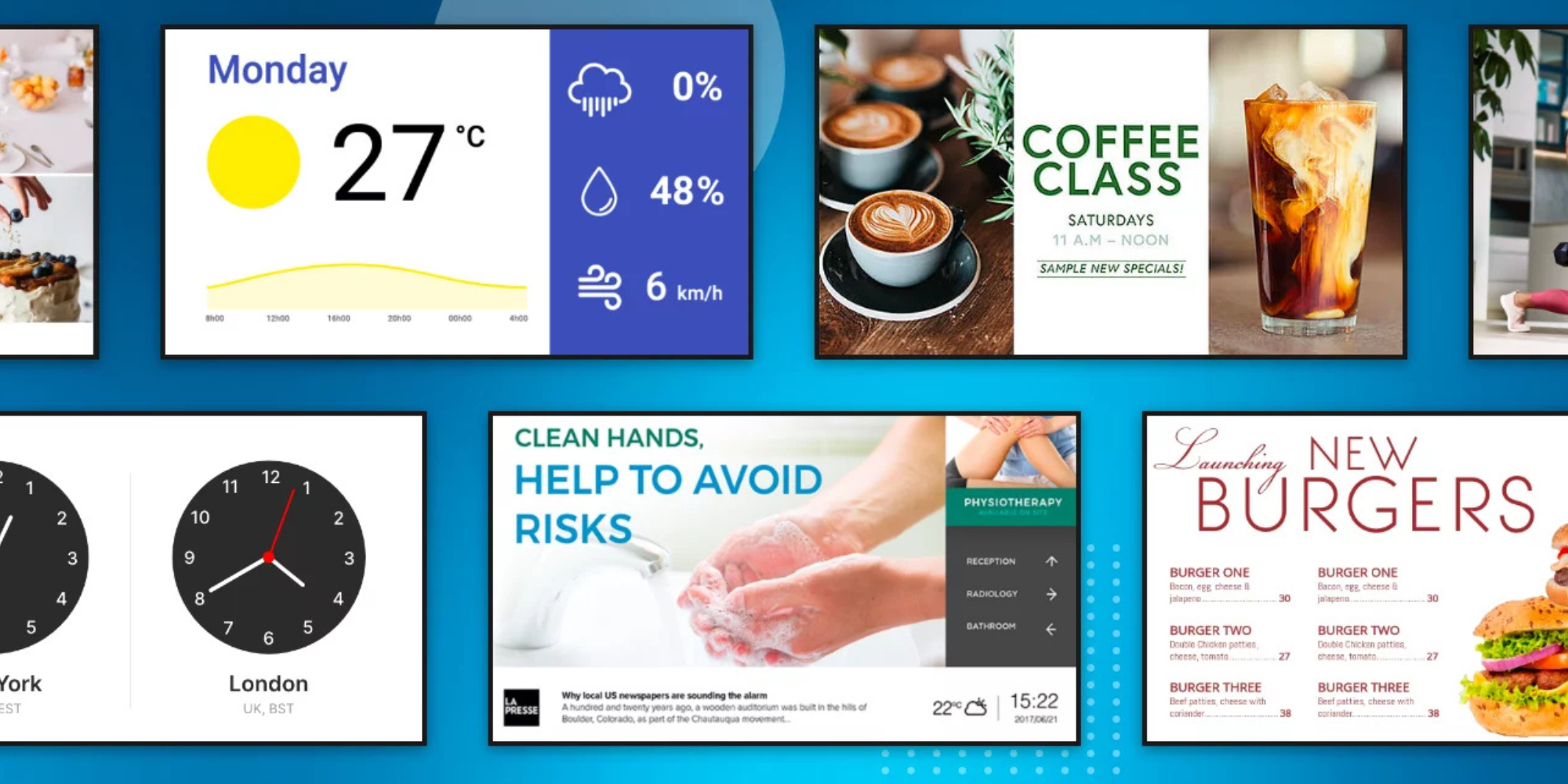
What Is an LED Display? A Simple Guide for Beginners
You see LED displays everywhere these days. They're the bright screens showing ads in shopping malls, the menu boards at fast food restaurants, and those huge displays at sports stadiums. But what exactly are they, why should you care, and how do cloud-based digital signage systems make managing them easier? Let's break it down in simple terms.
Let's break it down in simple terms.
What Makes LED Displays Different
Think of an LED display like a giant TV made up of thousands of tiny colored lights. These lights are called LEDs (Light Emitting Diodes), and they work differently than regular TV screens.
Here's the cool part: each LED makes its own light. You know how your phone screen gets hard to see in bright sunlight? Quality LED displays can remain visible even in bright sunlight, which is why you see them on billboards and stadium screens.
Each tiny LED can show red, green, or blue light. When you put millions of these tiny lights together, they can create any color you want. It's like having a massive box of crayons, but instead of waxy sticks, you have little lights.
Indoor vs Outdoor LED Displays
Not all LED displays are the same. The ones you see inside buildings are different from the giant ones outside.
Indoor LED displays are made for places like offices, schools, and stores. Since people look at them up close, these displays pack more LEDs into a smaller space. This makes the picture sharper and clearer when you're standing just a few feet away, and with the integration of AI-Powered Digital Signage, these displays can further enhance content personalization and targeting for different audience segments.
You'll find these in:
- Office lobbies
- School hallways
- Restaurant kitchens (for orders)
- Hospital waiting rooms
- Store windows
Outdoor LED displays have to be tough. They need to handle rain, snow, heat, and bright sunlight. These displays are usually bigger and brighter than indoor ones because people view them from far away.
Think about:
- Highway billboards
- Stadium scoreboards
- Building signs
- Bus stop advertisements
The Technical Stuff (Made Simple)
Don't worry - we won't get too nerdy here. But there are a few things you should know if you're thinking about getting an LED display.
Pixel Pitch (How Sharp the Picture Looks)
This is just a fancy way of saying how close together the LEDs are. The closer they are, the sharper the picture. It's like the difference between looking at a photo up close versus from across the room.
If people will be close to your display (like in a lobby), you want the LEDs packed tightly together. If it's going on the side of a building where people see it from their cars, you can space them out more.
Brightness (How Well You Can See It)
Some displays are brighter than others. Indoor displays don't need to be super bright because there's no sun competing with them. Outdoor displays need to be really bright - sometimes 10 times brighter than indoor ones.
Size and Resolution
Just like with TVs, bigger displays can show more stuff. Higher resolution means you can fit more details and smaller text without everything looking blurry.
Why People Choose LED Displays
So what makes LED displays worth the investment? It comes down to a few key advantages that really matter when you're trying to communicate with people. Let's look at why so many organizations are switching to LED technology.
They're Built to Last
A quality LED display often lasts 10 years or more with proper maintenance. Compare that to a regular TV that might need replacing every 5-7 years, and you can see why businesses like them.
They Don't Cost Much to Run
LEDs typically use less electricity than older display technologies. Your power costs will generally be lower, even if you run the display all day, every day.
They're Really Bright
Remember what we said about being visible in sunlight? That's a huge deal if you want people to actually see your message. Regular screens just can't compete.
You Can Make Them Any Size
Want a tiny display for your reception desk? No problem. Need something the size of a building wall? They can do that too. LEDs are like digital Legos - you can build them into almost any shape or size.
They Keep Working
If a few LEDs break (which happens less frequently than with other display types), your display doesn't just die. It keeps working, and you can usually fix the broken parts without shutting down the whole thing.
Who Uses LED Displays and Why

LED displays work well for pretty much any organization that needs to share information with people. The key is matching the right type of display to what you're trying to accomplish. Here's how different industries put them to work:
Schools
Teachers and principals love LED displays because they can quickly share announcements, celebrate student achievements, or show emergency information. Kids actually pay attention to bright, colorful displays way more than boring paper notices. Similarly, digital signage for donor walls can enhance engagement and recognition at nonprofit organizations, making donor acknowledgments more visible and dynamic.
Hospitals and Clinics
Medical places use LED displays to help patients find their way around, share health tips, or show wait times. When someone's stressed about a doctor's visit, clear, easy-to-read information really helps.
Offices
Companies use these displays to keep employees informed about company news, show visitor information, or display important metrics. It's way better than sending another email that nobody reads.
Restaurants
Digital menu boards let restaurants change prices instantly, promote new items, or show mouth-watering photos of their food. Plus, they look way more professional than those plastic letter boards.
Stores
Retailers use LED displays to grab attention, show sales and promotions, or create an experience that makes people want to stick around and buy stuff.
How to Pick the Right LED Display
Choosing an LED display doesn't have to be complicated. Ask yourself these questions:
How far away will people be? If they're close, get one with tightly packed LEDs. If they're far away, you can save money with more spread-out LEDs.
Is it going inside or outside? Outdoor displays cost more but they're built to handle weather and stay bright in sunlight.
What do you want to show? If it's mostly text and simple graphics, you don't need the most expensive, high-resolution option. If you want to show detailed videos or lots of small text, spend more on quality.
What's your budget? Remember to think about the total cost over many years, not just what you pay upfront. Cheaper displays might cost more in the long run if they break or use lots of electricity. Keep in mind that specific performance varies by manufacturer and installation conditions, so it's worth checking the details for your particular needs.
Making It Work for You
LED displays are pretty amazing technology, but they're only as good as what you put on them. The best display in the world won't help if you're showing boring content that nobody wants to read.
Think about what your audience actually cares about. Show them information that's useful, timely, and relevant to their lives. Keep it simple, make it bright and colorful, and change it regularly so people don't tune it out.
The bottom line? LED displays are a proven way to get your message seen. They're reliable, cost-effective over time, and flexible enough to work in almost any situation, especially when using free digital signage tools. Whether you're trying to inform, entertain, or sell something, a well-placed LED display can make a real difference in how people interact with your organization.
More From Our Blog
-

Screen Sharing for Workplace Collaboration | Rise Vision
Screen-sharing technology has transformed how teams communicate and work together in real-time, regardless of their location. It can make presentations more engaging, support remote work, and speed[…]
Read More -

How to Use PowerPoint for Digital Signage
To create stunning, attention-grabbing, and effective digital signage content, you need the help of content creation and presentation tools. One of the most popular is Microsoft PowerPoint, owing to[…]
Read More -

120 Digital Signage Content Ideas
So…. you decided you would invest in some digital signage software and you need some ideas for ways you can make it stand out. This article is your go-to source for the best digital signage content[…]
Read More
Keep Your Displays Interesting – Pick New Templates Every Week!
Every week, we send template recommendations that will make you look great and improve your audience experience. And the best part, they save up to 16 hours of content creation time every week!
12,300+ Organizations Trust Rise Vision, You Can Too
Schedule a Free Demo
You deserve the #1 all-in-one platform for digital signage, screen sharing, and emergency alerts.



































